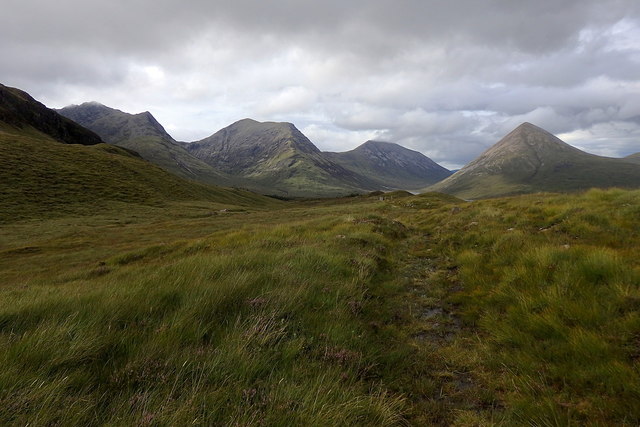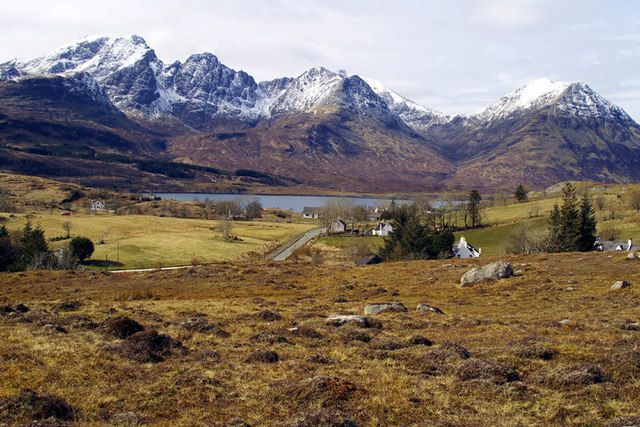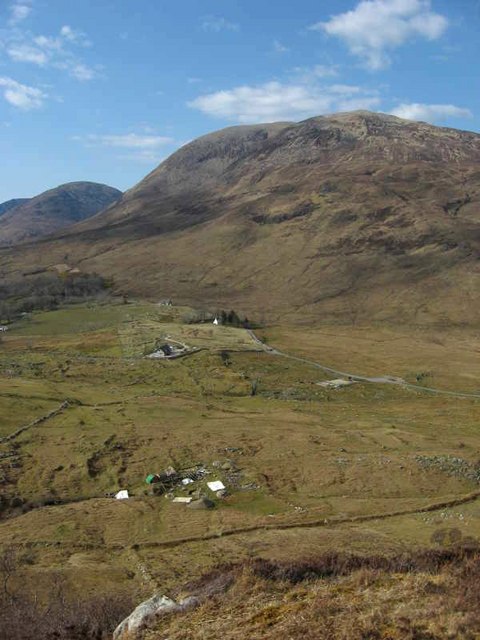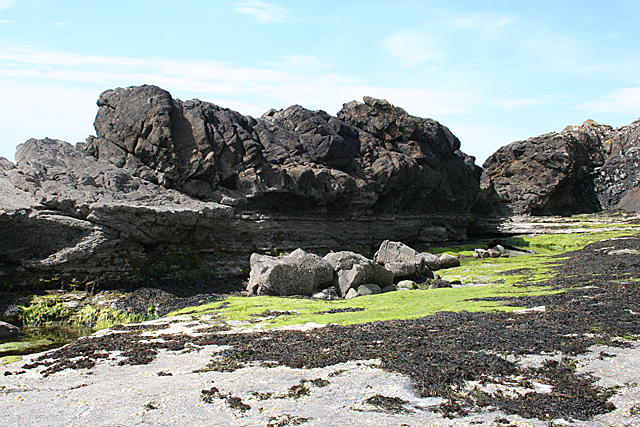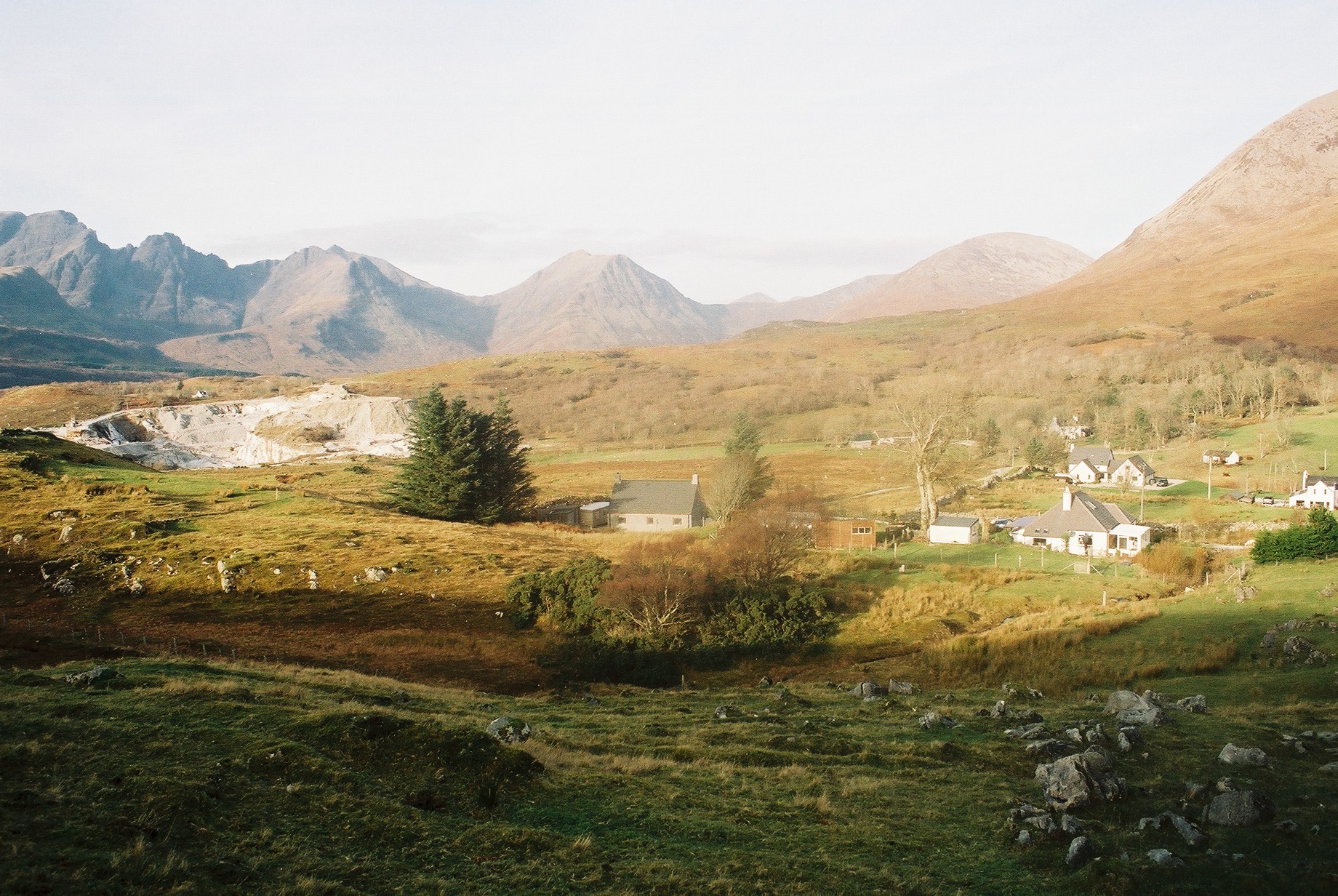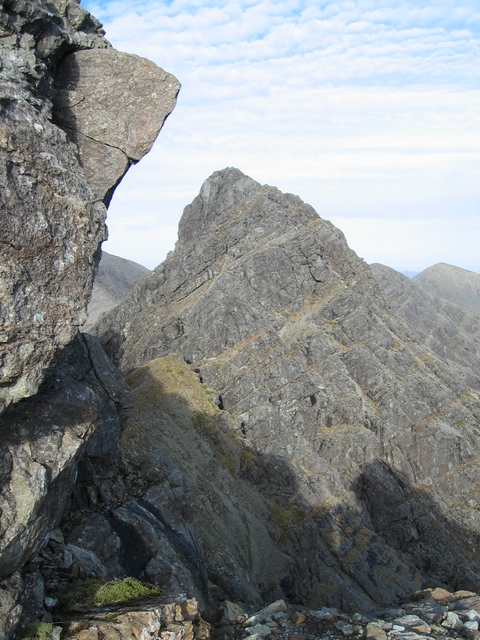An Carnach
Hill, Mountain in Inverness-shire
Scotland
An Carnach
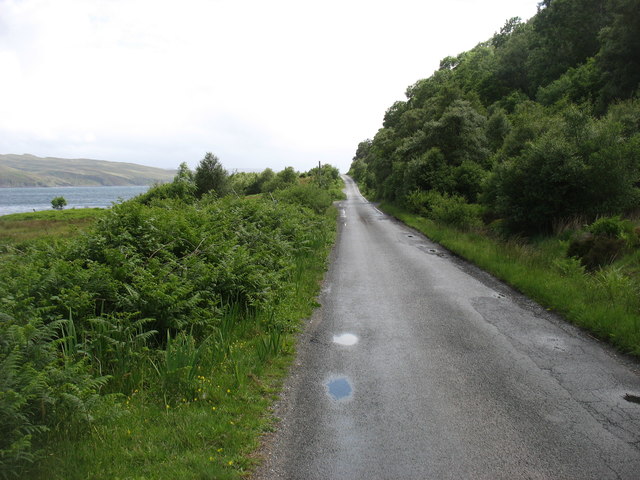
An Carnach is a prominent hill located in Inverness-shire, Scotland. It is situated in the stunning Scottish Highlands, within the Cairngorms National Park. The hill stands at an elevation of approximately 1,098 meters (3,602 feet) above sea level, making it a popular destination for hikers and mountaineers.
An Carnach offers breathtaking views of the surrounding landscape, including the nearby Loch Ness and the Great Glen. Its distinctive shape and rugged terrain make it a challenging yet rewarding climb for outdoor enthusiasts. The ascent to the summit is steep and requires a good level of fitness and navigation skills.
The hill is known for its diverse flora and fauna, with wildflowers such as heather and bluebells dotting the landscape during the summer months. It is also home to a variety of bird species, including golden eagles, peregrine falcons, and ptarmigan.
Given its location within the Cairngorms National Park, An Carnach is subject to the park's conservation efforts and regulations. Visitors are encouraged to follow the Scottish Outdoor Access Code, which emphasizes responsible outdoor recreation and environmental stewardship.
In addition to its natural beauty, An Carnach holds historical and cultural significance. The area is rich in ancient folklore and legends, with stories of mythical creatures and hidden treasures adding to the allure of the hill.
Overall, An Carnach offers an unforgettable experience for nature lovers and outdoor enthusiasts, combining breathtaking scenery, challenging terrain, and a touch of Scottish history and culture.
If you have any feedback on the listing, please let us know in the comments section below.
An Carnach Images
Images are sourced within 2km of 57.199687/-6.0452003 or Grid Reference NG5519. Thanks to Geograph Open Source API. All images are credited.








An Carnach is located at Grid Ref: NG5519 (Lat: 57.199687, Lng: -6.0452003)
Unitary Authority: Highland
Police Authority: Highlands and Islands
Also known as: Nead an Fhìor-Eòin
What 3 Words
///salary.went.swear. Near Elgol, Highland
Nearby Locations
Related Wikis
Kilmarie
Kilmarie or Kilmaree (Scottish Gaelic: Cill Ma Ruibhe), (Gaelic: cill =' church or cell'; marie from St. Maolrubha) is a village in the Isle of Skye, Scotland...
Torrin
Torrin (Scottish Gaelic: Na Torrain) is a settlement on the island of Skye in Scotland. == Geography == The crofting and fishing village of Torrin lies...
Dun Ringill
Dun Ringill (Gaelic: Dùn, 'fort', Ringill, 'point of the ravine') is an Iron Age hill fort on the Strathaird peninsula on the island of Skye, Scotland...
High Pasture Cave
High Pasture Cave (Gaelic: Uamh An Ard-Achaidh) is an archaeological site on the island of Skye, Scotland. Human presence is documented since the Mesolithic...
Kilmaluag Formation
The Kilmaluag Formation is a Middle Jurassic geologic formation in Scotland. It was formerly known as the Ostracod Limestone for preserving an abundance...
Kilbride, Skye
Kilbride (Scottish Gaelic: Cille Bhrìghde, or the Church of Saint Bride) is a small township in Strath Swordale, Isle of Skye, Scotland. The township is...
Blà Bheinn
Blà Bheinn or Blàbheinn, also known as Blaven, is a mountain on the Isle of Skye in Scotland. It is usually regarded as an outlier of the Black Cuillin...
Clach Glas
Clach Glas is a mountain on the Black Cuillin of the Isle of Skye, Scotland. Its elevation is 786 m (2,579 ft) and the name translates as The Grey Stone...
Nearby Amenities
Located within 500m of 57.199687,-6.0452003Have you been to An Carnach?
Leave your review of An Carnach below (or comments, questions and feedback).

